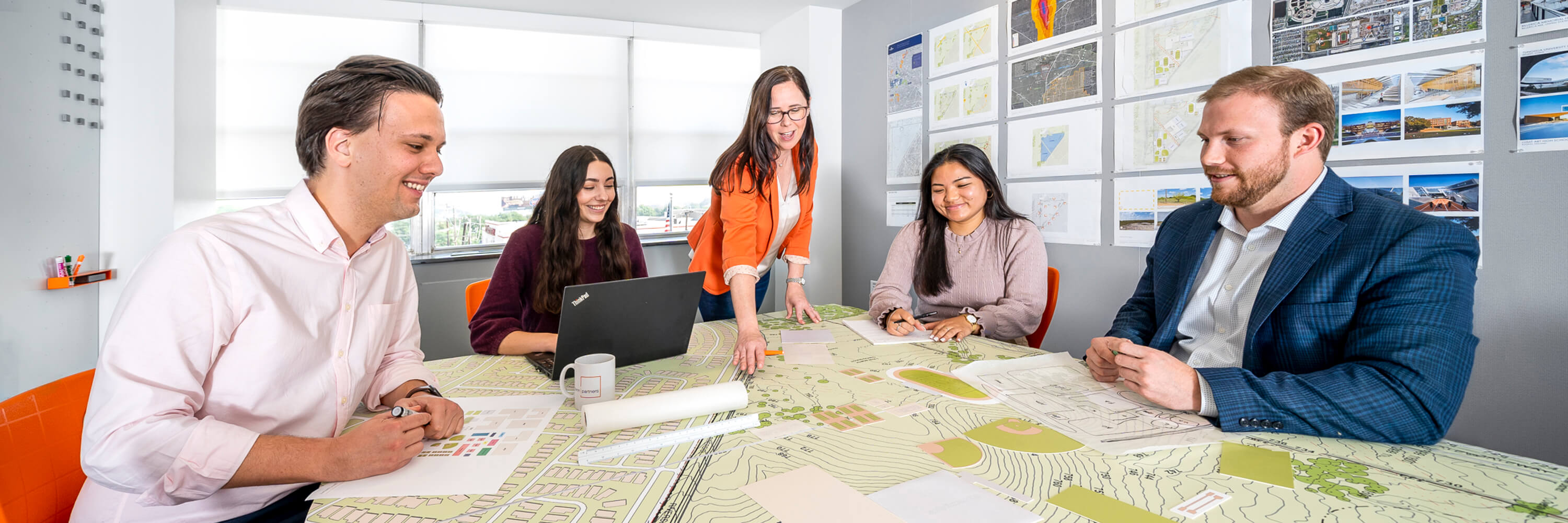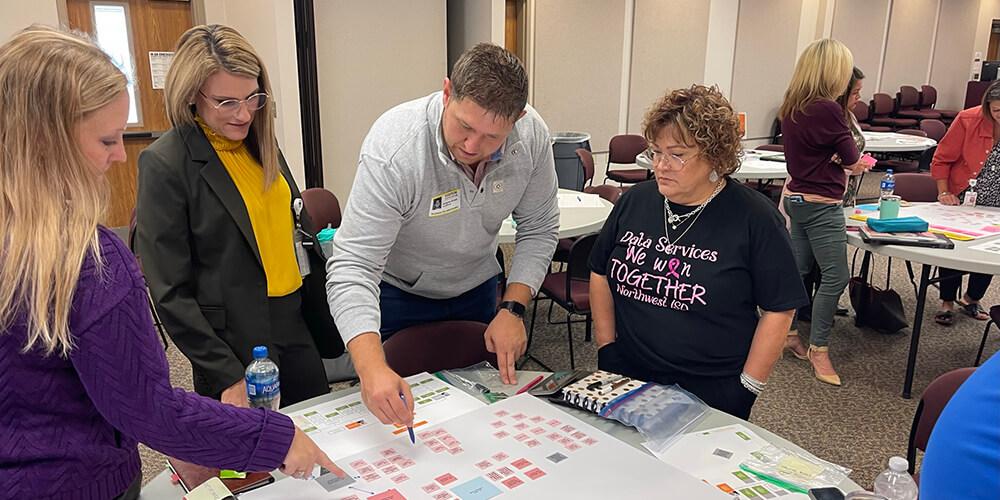Praxis
Praxis (Ancient Greek: πρᾶξις) is the process by which a theory, lesson, or skill is enacted, embodied, or realized. It can also refer to the act of engaging, applying, exercising, realizing, or practicing ideas to solve core design projects through form and function. We understand Praxis as the interaction between a group of stakeholders who begin and perform a design process together throughout the life of a project. David Kolb, a proponent and researcher of experiential learning, defines Praxis as a cyclical process that alternates between listening, engaging, and creating.

Listening to our client’s needs is at the core of our design philosophy. Each project brings unique challenges, and we recognize that there is no one solution. Our team collectively has been involved with many different types of school projects throughout the state of Texas - big and small, new and renovated - for school campuses much like yours. We hand-pick our design teams to bring a strong depth of local educational design experience our clients can trust, which is backed by our commitment to provide the very best in forward-thinking education design, building documentation, contract administration, and client service to you and your school projects.
listen and learn
As architects, we offer expertise in the planning, design, and technical aspects of your project, but you are the expert in your field. No one understands your district, campus, school, classroom, business, office, etc., better than you do. Before we put pen to paper, we want to learn as much as we can from you. Sometimes an organization has many possibilities in front of them, but the stakeholders don’t agree which is the most important to address, or you may know you need more classrooms but just don’t know how to describe where they should go and what they should look like. Just like a good doctor ask questions and listens carefully before diagnosing and prescribing a solution, we have designed a series of activities that make the listening process more visual, allows diverse stakeholders to participate, and builds consensus among the group.
engage and collaborate
We use carefully designed activities to engage a client team that can range from 2-40 stakeholders. We use these activities to get to know one another and establish a common language. The activities alternate between small and large group discussions. They involve word associations, visual taste tests, drawing, planning, playing with blocks, etc. The activities are aimed at generating as many options as possible and testing all the variables. They also ensure that everyone has a voice and place for their ideas to be heard, documented, and processed by the group. Everyone gets to draw, and we all have fun!
create and design
Through the collaborative process of the listen and engage activities, we begin to interact with the group as co-designers. We are all designing the ideas that will shape your organization for years to come. This process is an iterative process that alternates between periods of action and reflection. We engage the group to collect information and ideas; we then take your ideas back to our studio and run them through the expertise of our professional design filters, refine and generate new hybrid proposals, and then present back to the group for critique and development. This process continues for each project until the client considers the project complete.
steps of the listen | engage | create process follow these iterative steps
- Taking an action (Word Association, Innovation Scale, Taste Test, Plexi-Glass Drawing)
- Considering the impacts of the action (Group Client Team Discussion)
- Analyzing the results of the action by reflecting upon it (Design Team Analysis)
- Revising concepts and planning following reflection (Design Team Refines and Presents back to Client Team)
- Implementing these plans in further actions (Repeat, Refine, and Finalize Design Ideas)



